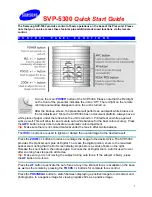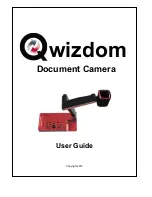
61
Flash shooting
4
Fl
a
sh
(
Fill-in flash (
#
)
The flash fires regardless of the available light. This mode is useful for
eliminating shadows on the subject’s face (such as shadows from tree leaves),
in a backlight situation, or for correcting the color shift produced by artificial
lighting (especially fluorescent light).
• The fill-in flash may not have the desired effect under excessively bright
light.
(
Flash off (
$
)
The flash does not fire even in low light conditions. Use this mode in situations
where flash photography is not desired or is prohibited. You can also use this
mode when you want to shoot a natural-looking twilight or night scene.
Besides setting the mode to
$
, flash does not fire when it is closed.
• Since a slow shutter speed is automatically selected in low light situations
when in the flash off mode, the use of a tripod is recommended to prevent
your pictures from being blurred by camera movement.
(
Slow synchronization (
#
SLOW1
#
SLOW2
H
SLOW1)
The slow synchronization flash is designed for slow shutter speeds. Normally,
when shooting with a flash, shutter speeds cannot go below a certain level to
prevent camera movement. But when shooting a night scene background, fast
shutter speeds can make the background too dark. Slow synchronization flash
allows both a slow shutter speed for the background and a flash for the subject.
Since the shutter speed is slow, make sure you stabilize the camera by using a
tripod. Otherwise, camera movement may cause the picture to be blurred.
In
S
and
M
modes, the flash fires at the selected shutter speed.
1st curtain (front curtain)
#
SLOW1
Usually, regardless of the shutter speed, the flash fires right after the shutter
fully opens. This is called 1st curtain. Unless you change it, this is how the flash
always fires. The factory default setting for slow synchronization is
#
SLOW1.
Note
Note
















































